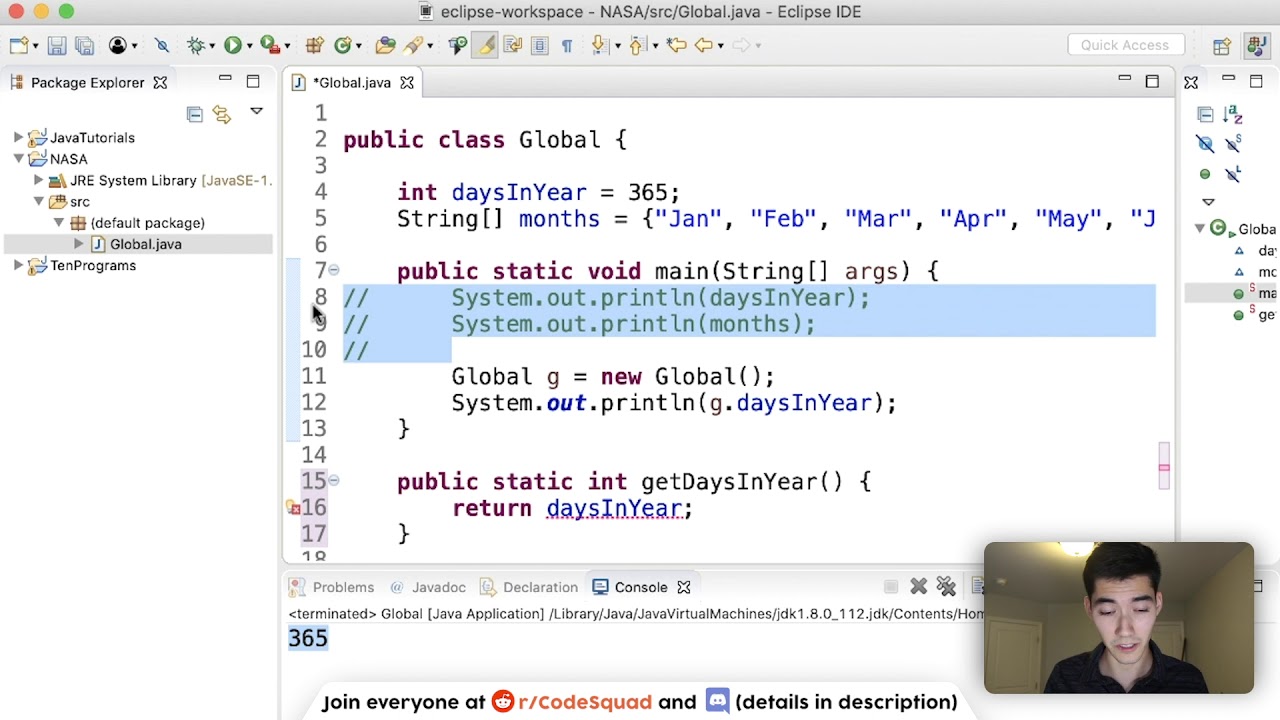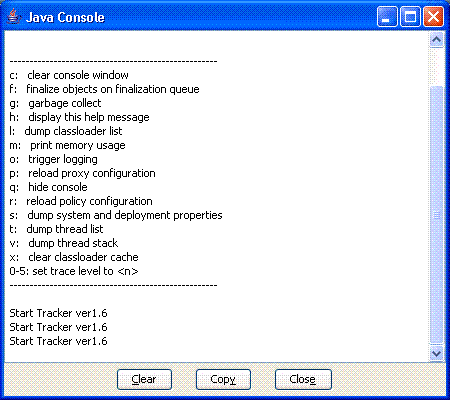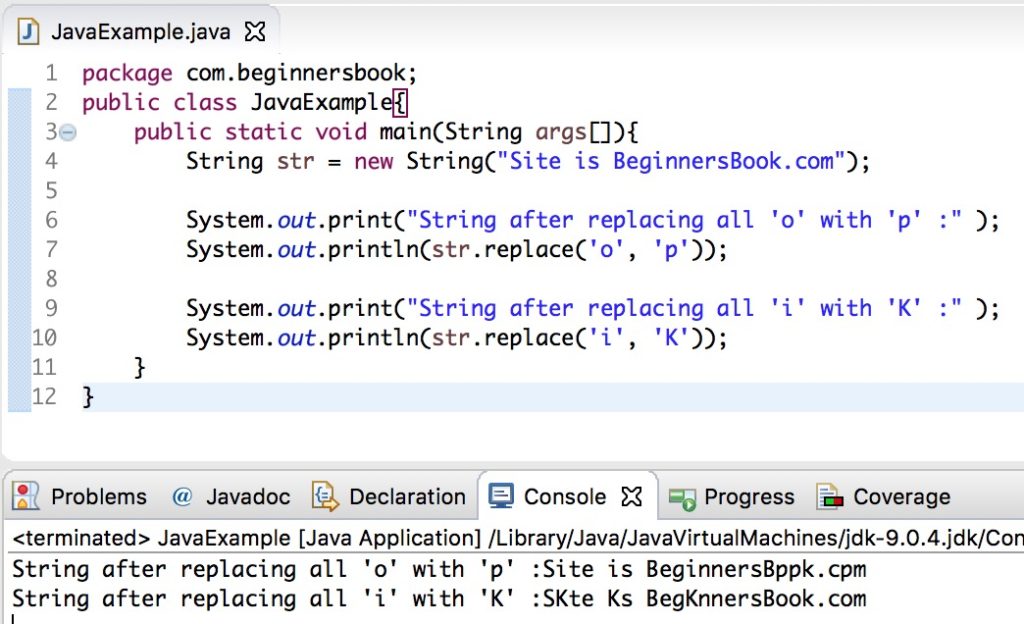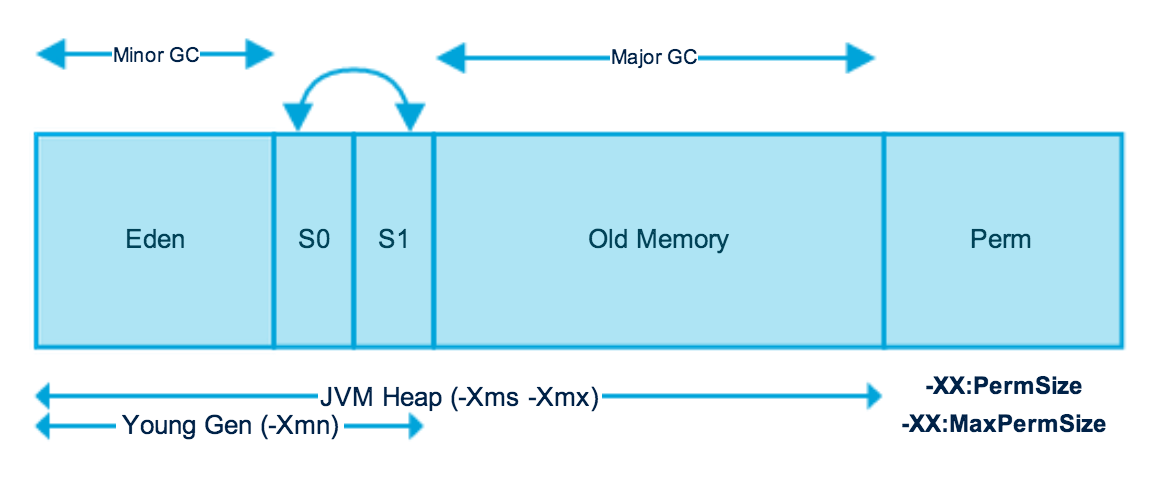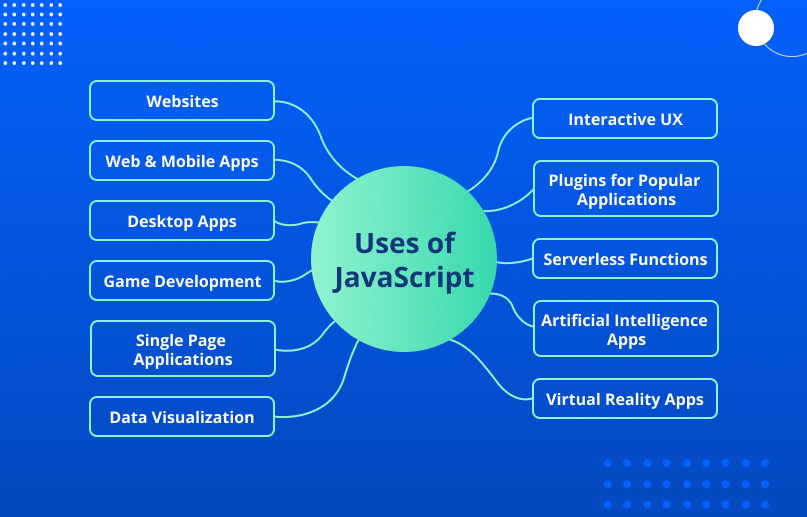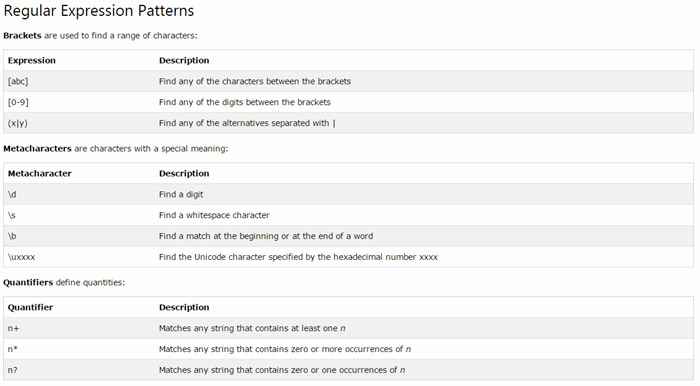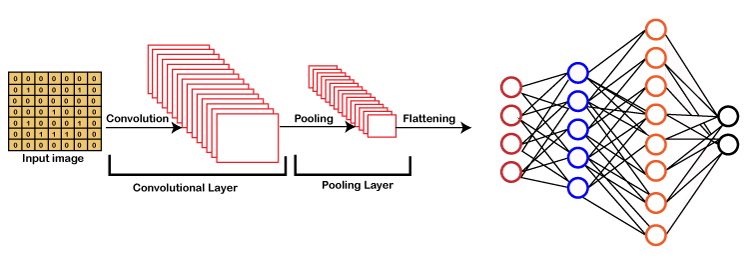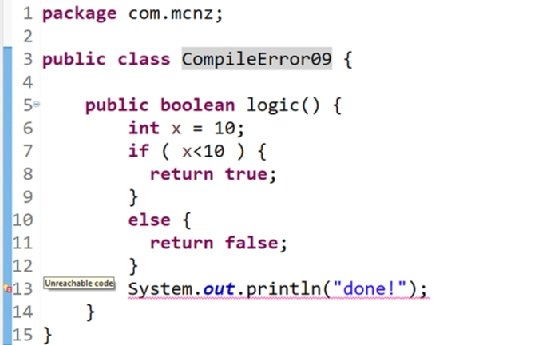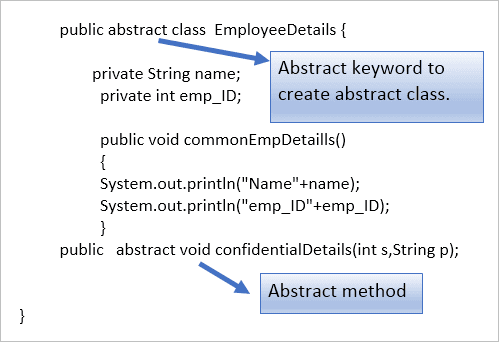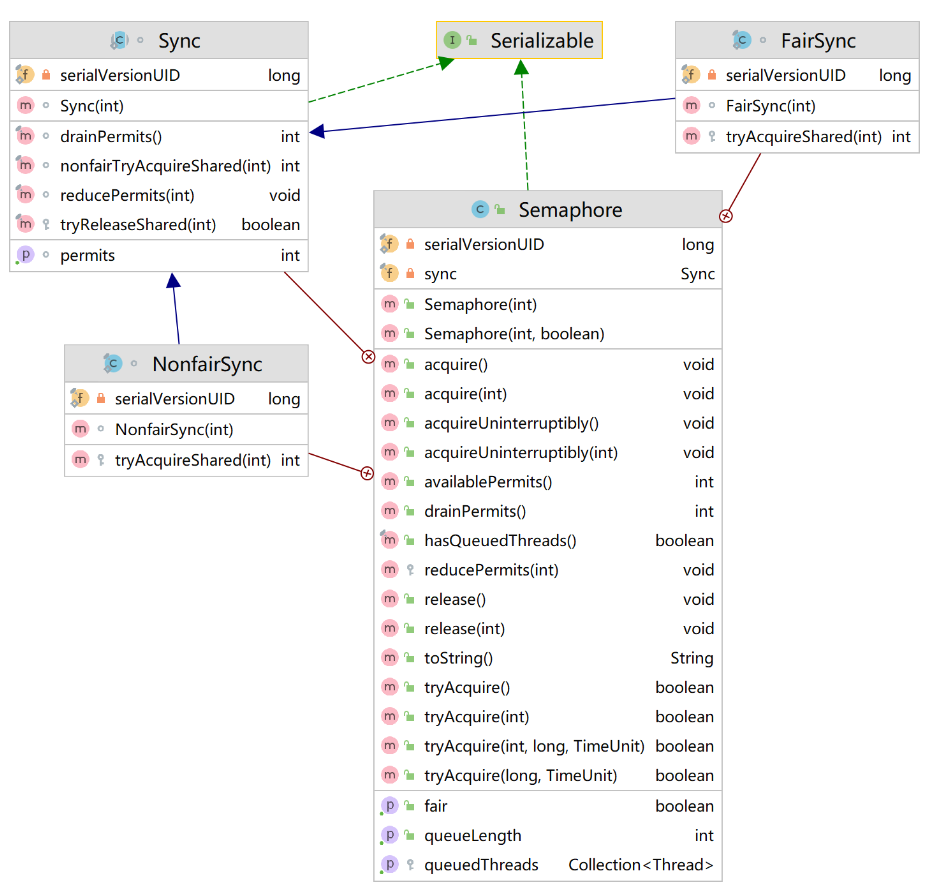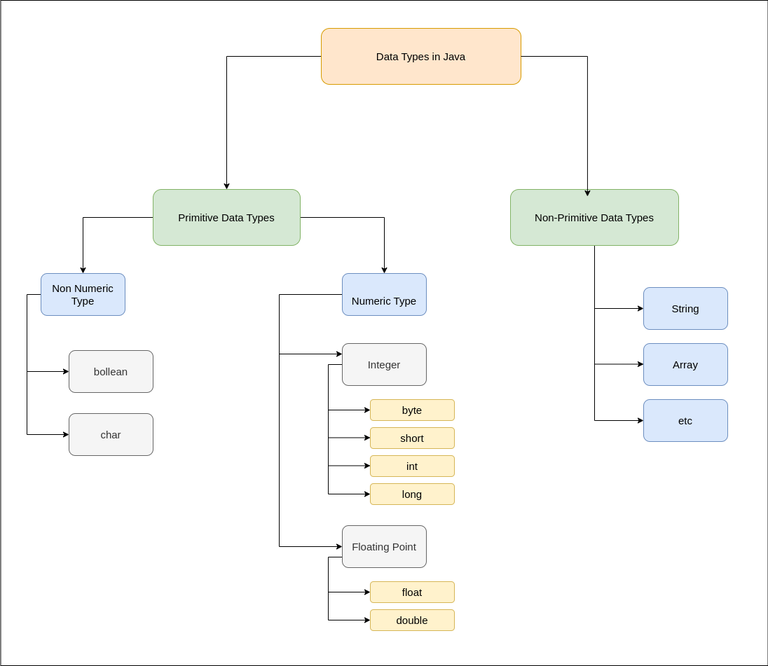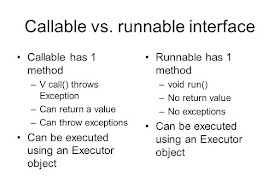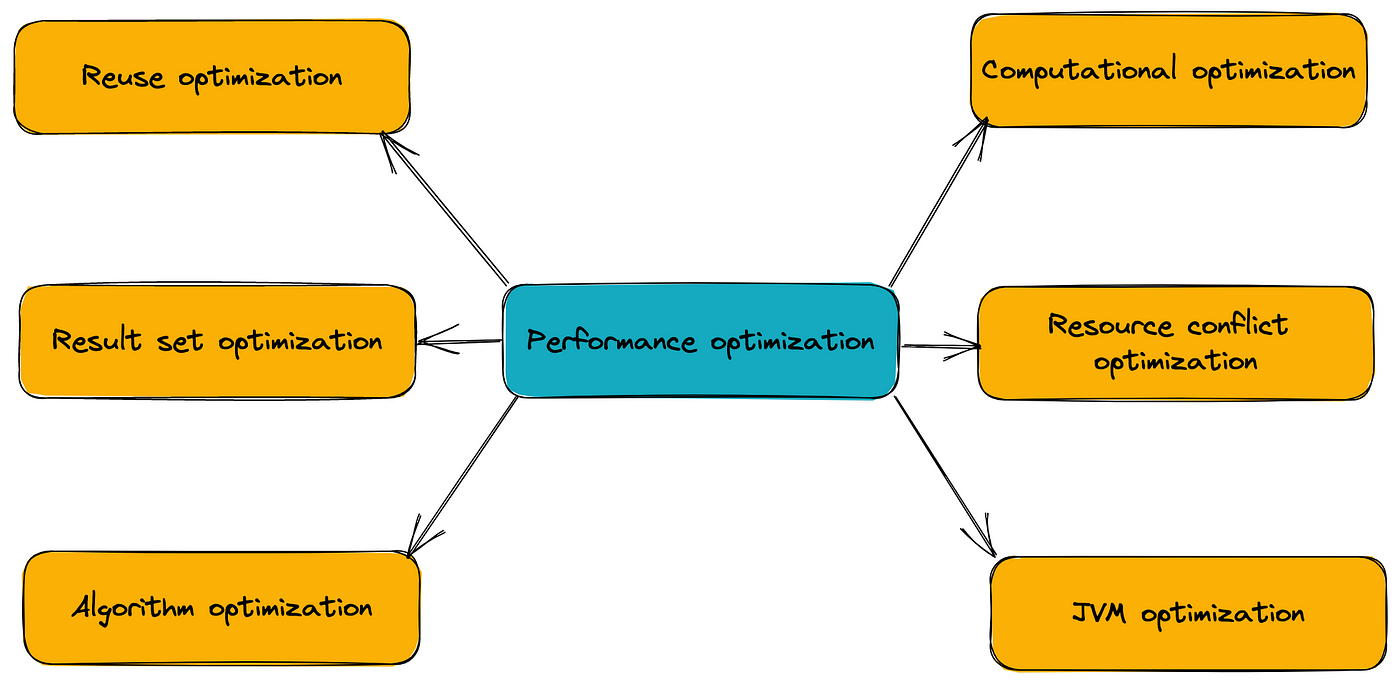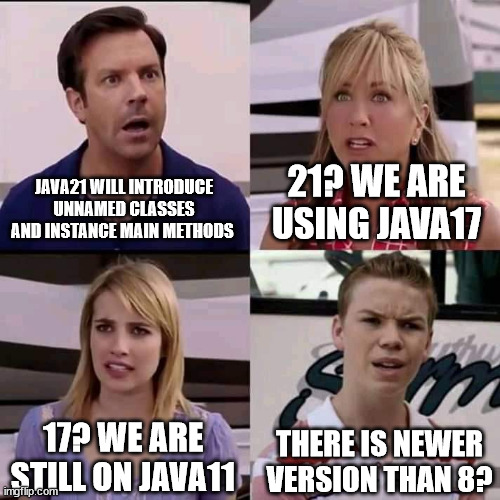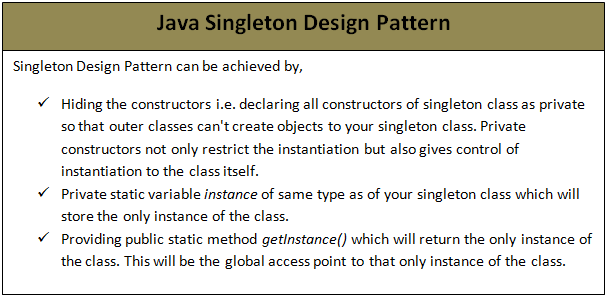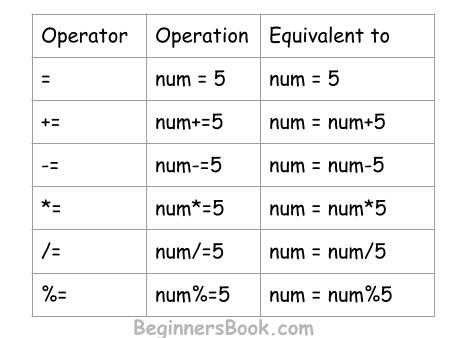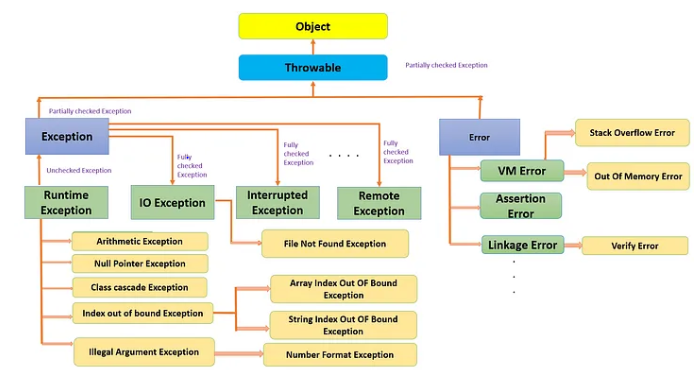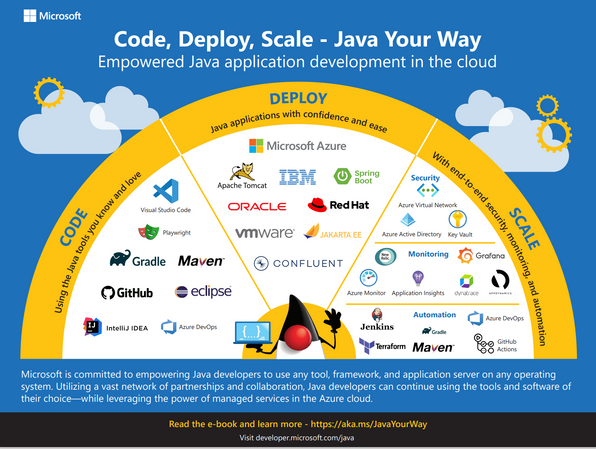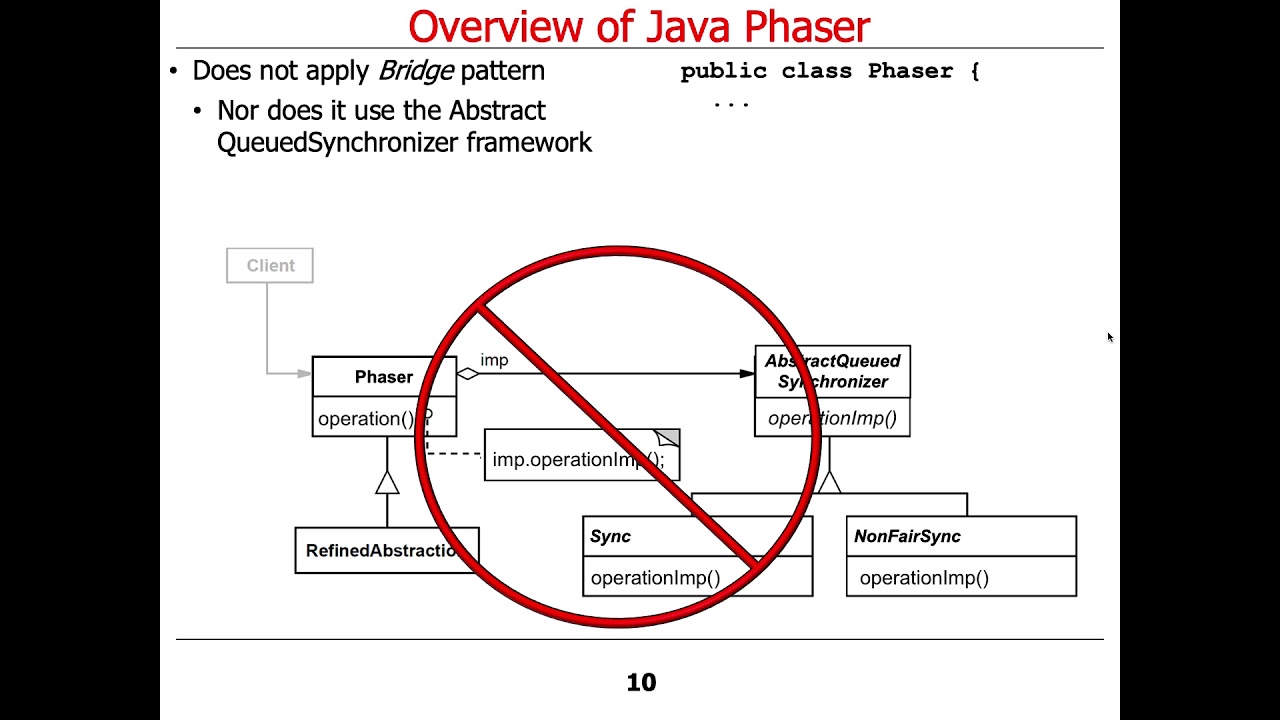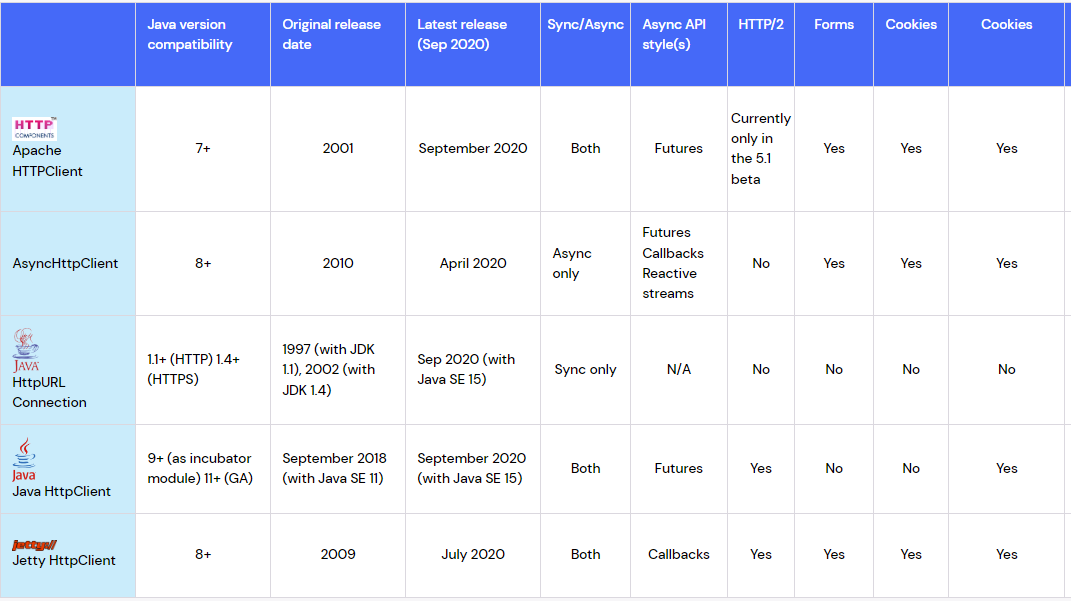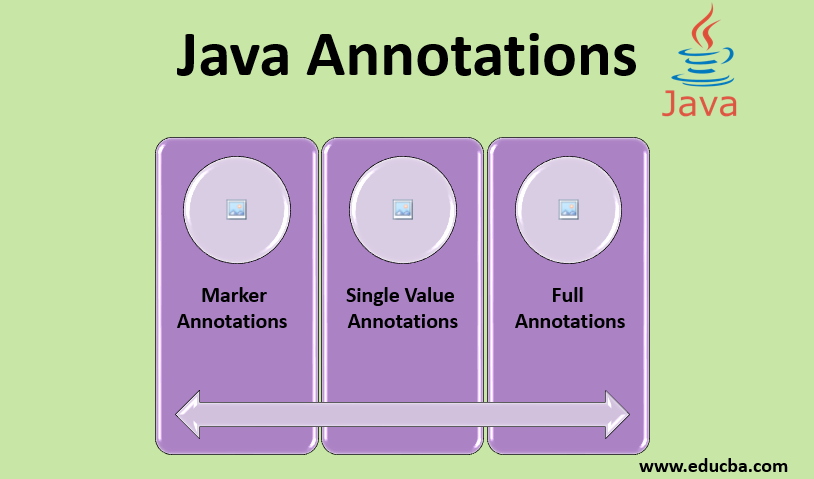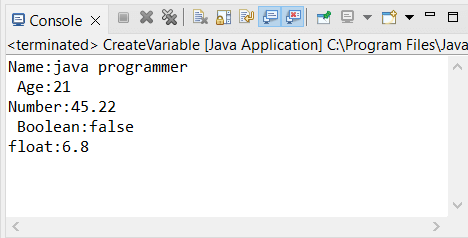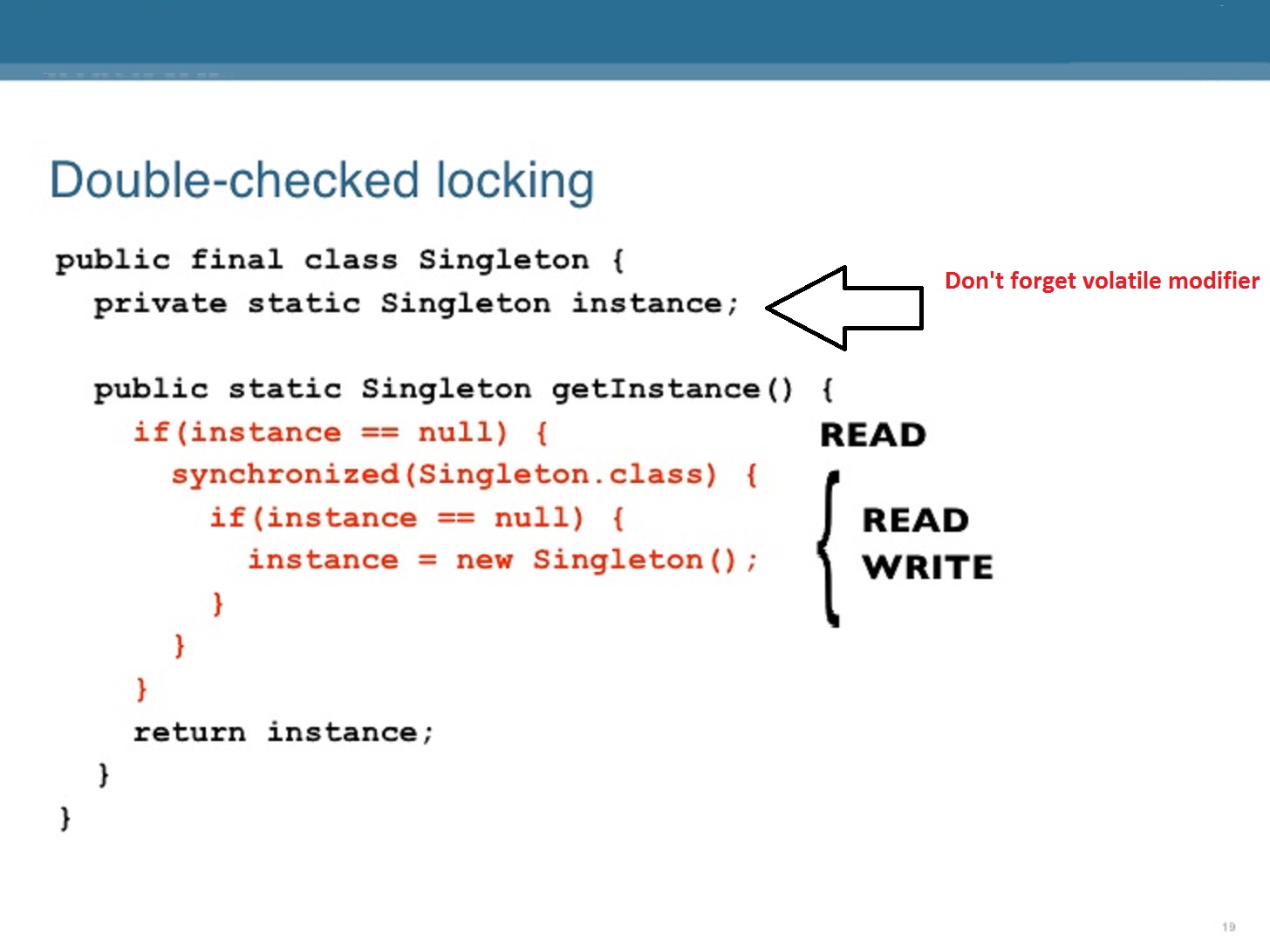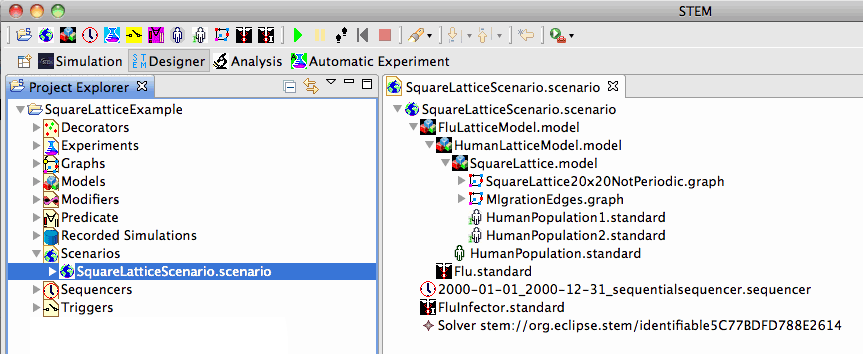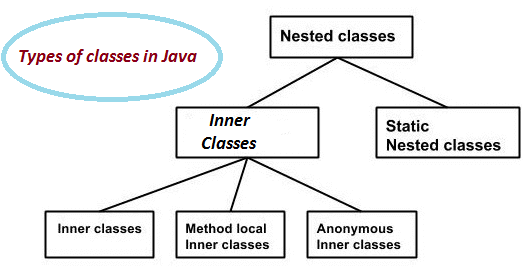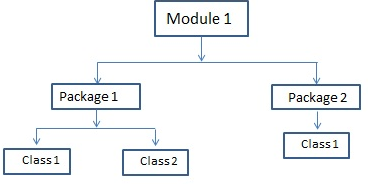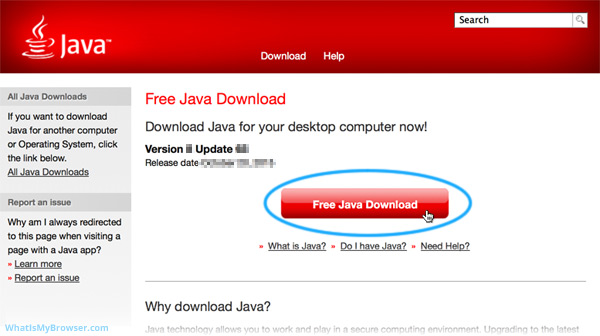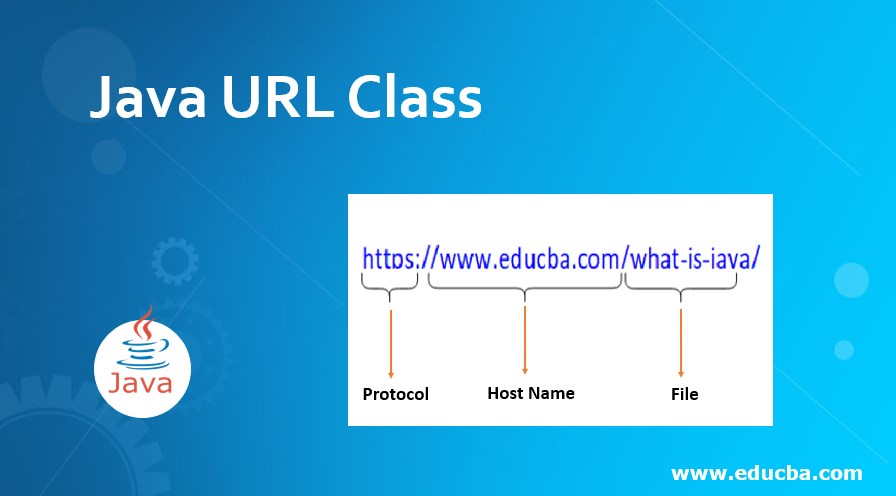Java RMI ports
Java RMI ports
Java Remote Method Invocation (RMI) is a mechanism that allows objects to interact with each other over the network. It provides a way for objects on different machines to make procedure calls and return results, as if they were local methods. To achieve this, RMI uses a set of ports that facilitate communication between the client and the server.
By default, Java RMI uses two ports:
Registry port: This is the primary port used by RMI for registration purposes. The registry is responsible for keeping track of all active RMIs (Remote Method Invocation) objects and their respective remote interfaces. When a client wants to connect to an RMIs object, it needs to know the IP address and the registry port number of the server hosting that object. Typically, this registry port is 1099. RMI connection port: This port is used by RMI for actual method invocation between the client and the server. When a client calls a remote method on an RMIs object, it establishes a connection with the server using the RMI connection port. The default value of this port is 1109.You can adjust these ports as needed when setting up your RMI environment. For instance, if you're running multiple RMI applications on the same machine and they're all listening for connections on the default registry port (1099), you might need to change the registry port number to avoid port conflicts.
Here are some scenarios where changing the RMI ports can be beneficial:
Security: You might want to use non-standard RMI ports as an added layer of security. This can prevent unauthorized access to your RMI services. Port availability: If you're running multiple network services on the same machine, you might need to change the RMI port numbers to avoid conflicts with other services using those same ports.When changing the RMI ports, you'll need to update both the client and server configurations. In Java, this typically involves setting properties in the rmic compiler option or modifying the rmi.server property in your Java code.
In summary, Java RMI uses two primary ports (registry port and RMI connection port) for communication between clients and servers. You can adjust these ports as needed to suit your specific requirements, such as security concerns, port availability issues, or customizations for your RMI environment.
java rmi architecture
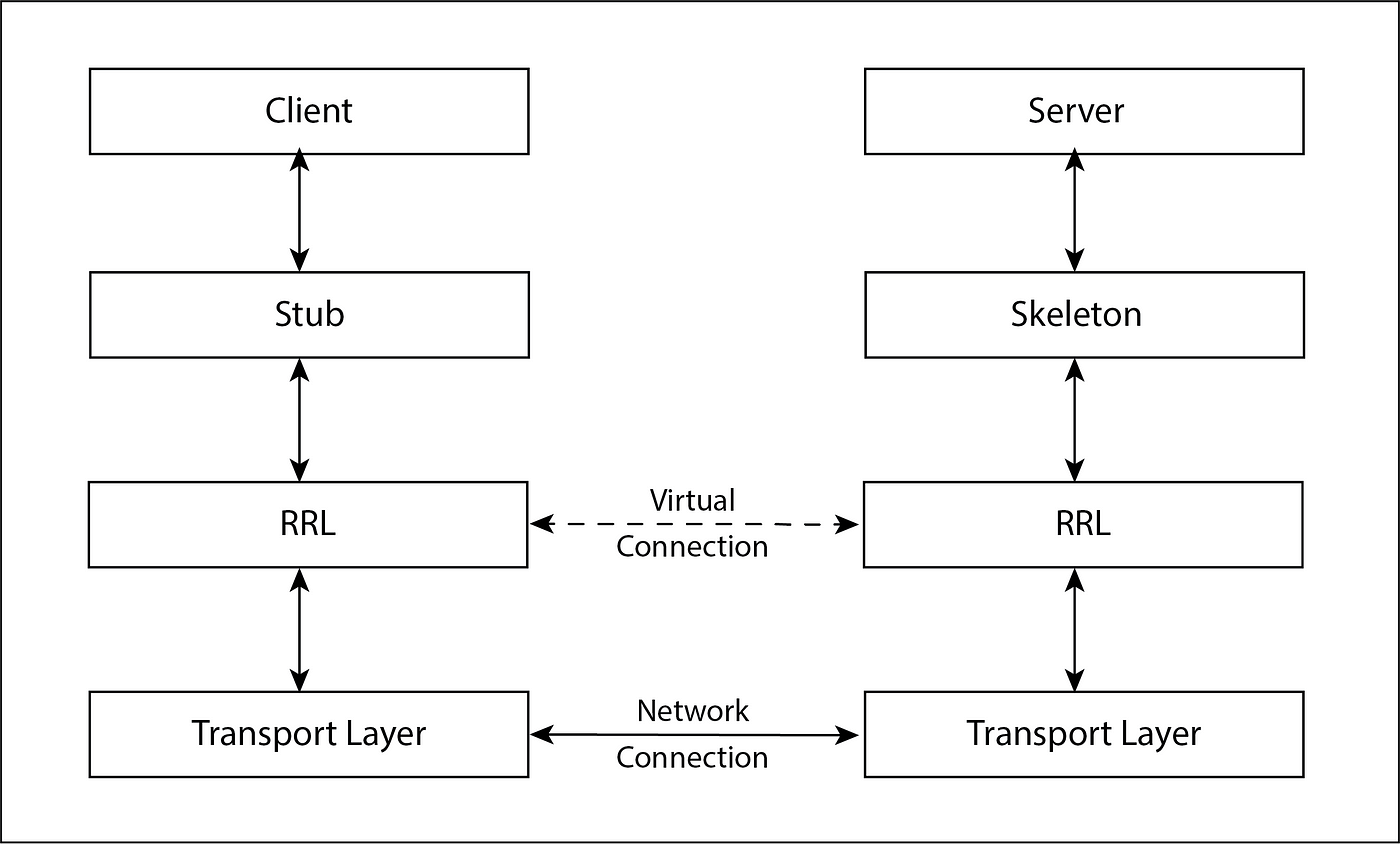
Here is a detailed explanation of the Java RMI (Remote Method Invocation) architecture:
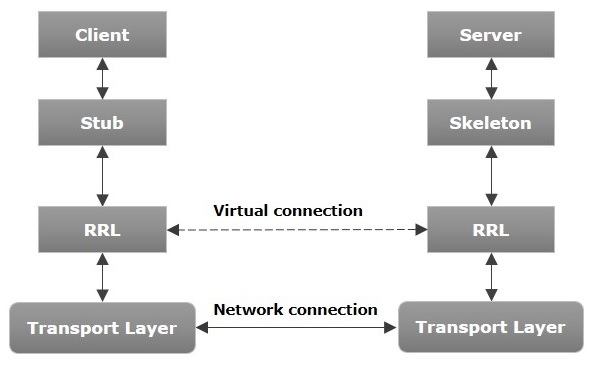
Overview
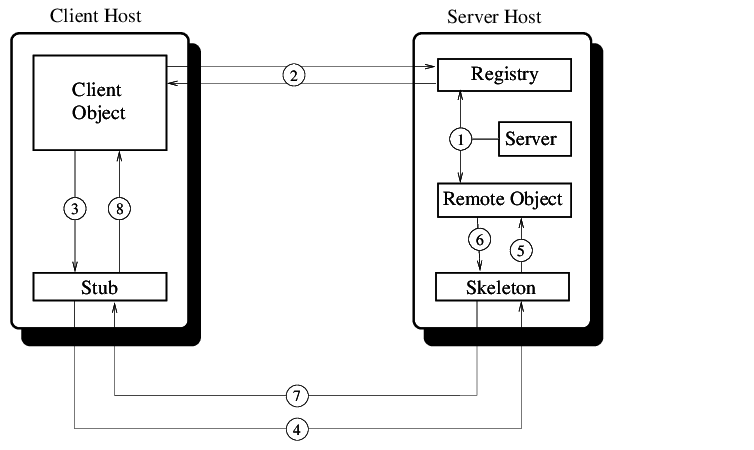
Java RMI is a protocol that enables Java objects to interact with each other remotely, allowing for distributed computing and communication between multiple nodes in a network. It provides a way for Java objects on different machines to communicate with each other as if they were located on the same machine.
Architecture Components
The Java RMI architecture consists of several components:
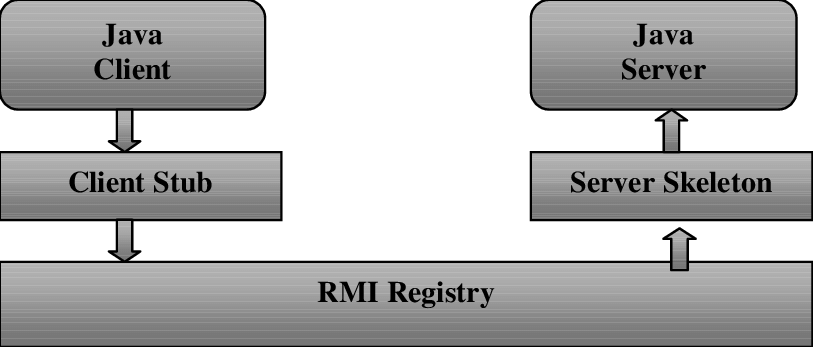
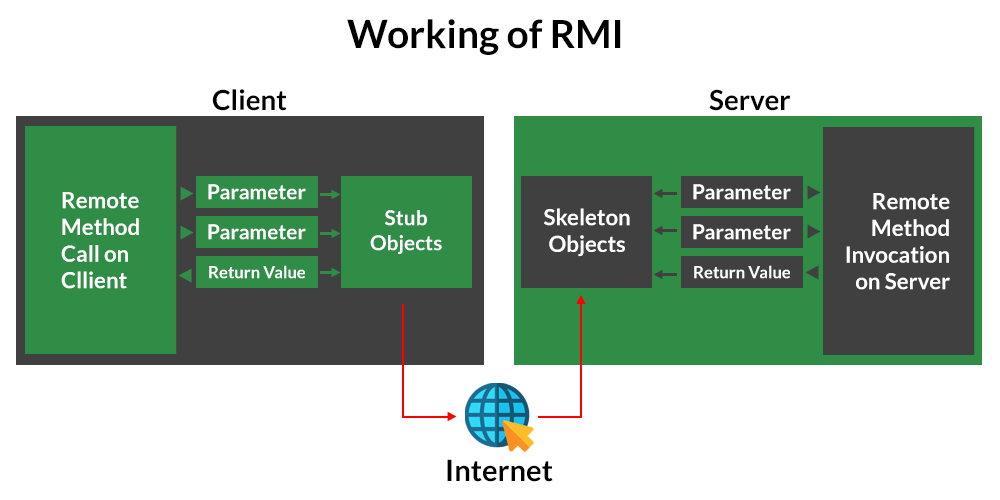
Step-by-Step Process
Here's how RMI works:
Server Side: The remote object is created and implements the Remote interface. The remote object is registered with the RMI Registry using a unique identifier (UID). The RMI Registry creates an entry for the remote object, including its UID and location. Client Side: The client creates an RMISocketFactory object to establish a connection to the RMI Registry. The client uses the RMISocketFactory to create an RMIClientSocketFactory object that will handle the communication with the RMI Registry. The client sends a request to the RMI Registry to locate and obtain a reference to the remote object. The RMI Registry returns the UID of the remote object, along with its location information. The client uses this information to establish a connection with the remote object and invoke its methods.Key Concepts
Some key concepts in Java RMI include:
UIDs: Unique identifiers that are used to identify remote objects and manage their registration with the RMI Registry. Stub Objects: Small, lightweight Java objects that act as intermediaries between clients and remote objects. Stubs handle method invocations on behalf of the client. Skeleton Objects: Server-side components that provide the implementation for stub objects.Advantages
Java RMI provides several advantages:
Distributed Computing: Enables distributed computing by allowing Java objects to interact with each other remotely. Flexibility: Allows for dynamic registration and lookup of remote objects, making it easy to add or remove services from a network. Platform Independence: Enabling Java objects on different platforms to communicate with each other.Challenges
Some challenges associated with Java RMI include:
Performance Overhead: Due to the added layer of abstraction and communication overhead, RMI can introduce performance latency. Security Concerns: Requires careful consideration of security and authentication mechanisms to ensure data integrity and confidentiality.I hope this provides a comprehensive overview of the Java RMI architecture!
